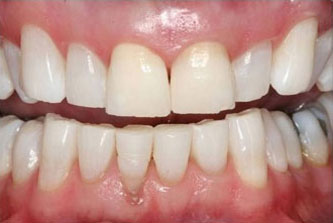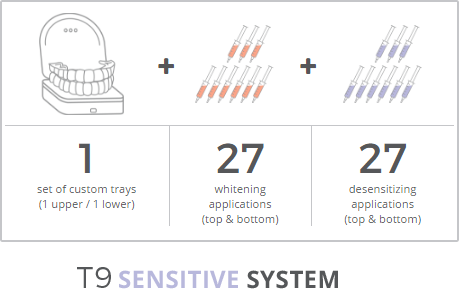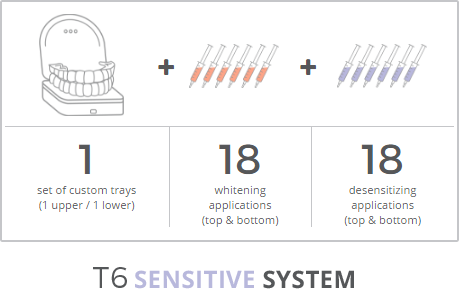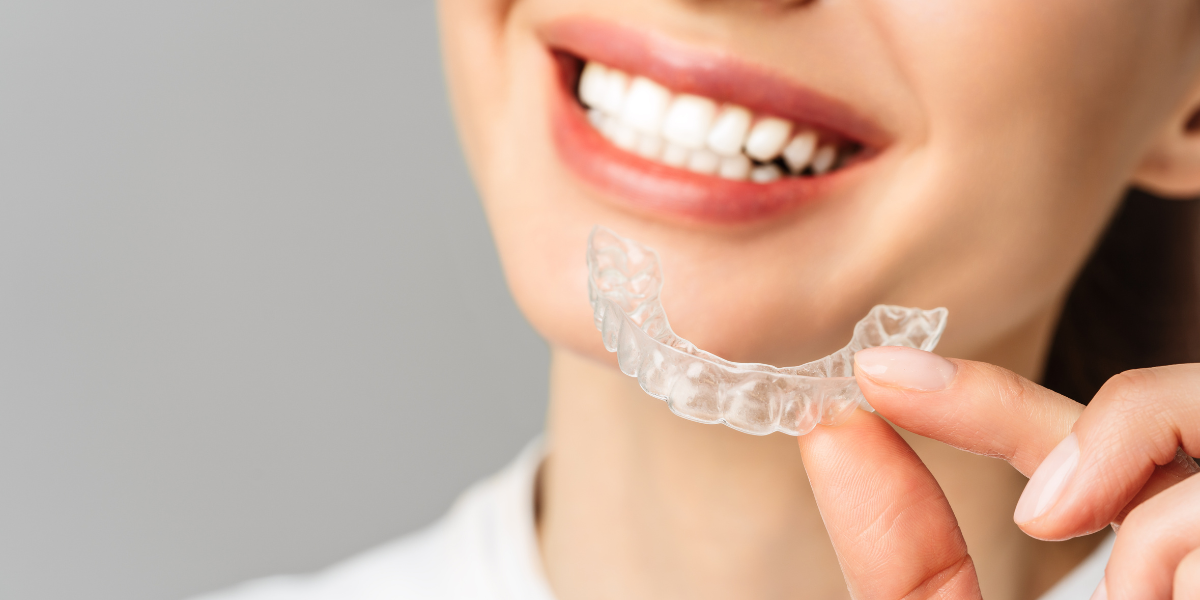
The Complete Guide To White Teeth For Smokers



HOW DOES TOBACCO STAIN TEETH?
Your teeth have pores just like your skin. The nicotine and tar in tobacco easily absorbs into these pores causing a yellow or brown discoloration. Although nicotine, by itself, is colorless, when combined with oxygen, it turns yellow. This means that even electronic cigarettes with nicotine infused “ejuice” can stain your teeth. Often, smokers will have certain teeth that become darker than others due to their method of inhalation.
In the case of chewing tobacco, the brown tobacco mixed with saliva creates a dark brown liquid that is extremely staining. The persistence of such liquid (and the fact that it often rests against the teeth for a long period of time) will heavily stain the teeth it comes in contact with.
WHY ARE TOBACCO STAINS DIFFICULT TO REMOVE?
Tobacco stains on teeth are often difficult to remove because they have occurred over years of smoking. The stains have settled deep into the enamel and often will penetrate to the outer layer of the dentin.
Fortunately, these stains are not at permanent and can be removed with professional teeth whitening.
WHY DO I SEE DARKER STAINS AROUND EDGES OF MY TEETH?
There are 2 reasons why smokers may see darker staining around the edges of their teeth or near the gum line:

Tobacco stains on tooth edges
The edges of the teeth (where two teeth meet) are the primary areas where tartar builds up. Tartar is far more porous than enamel and thus will absorb the stains of nicotine and tar much faster. People who see staining on the edges of their teeth generally do not floss or do not get regular dental cleanings.

Tobacco stains near gum line
Another negative effect of smoking is receding gum lines. This means that the gums begin to shrink and pull away from the teeth (thus exposing more of the root of the tooth). Roots of your teeth are not covered with with same thickness of enamel and are made up of softer, more porous dentin material. Dentin will stain much quicker. Fortunately, dentin can also be whitened much faster.
HOW DO I REMOVE TOBACCO STAINS FROM TEETH?
Although smoking or chewing tobacco is amongst the most staining habits you can engage in, smokers are also the most likely to see dramatic results with a professional teeth whitening product.
The key to removing deeper tobacco stains is to ensure that quality teeth whitening gel stays in constant contact with every angle of every tooth for a prolonged period of time. Smoke deeply stains every tooth in the mouth and you simply will not be able to whiten long enough with over-the-counter products such as toothpastes or whitening strips. For this reason, smokers generally rely on the professional services of dentists or Smile Brilliant.
NOTE: It is highly recommended that you visit a dentist for a comprehensive cleaning to remove all tartar and plaque buildup around the gums/edges of teeth to get optimal results during whitening.
WHICH TEETH WHITENING KIT DO YOU RECOMMEND FOR TOBACCO STAINS? WHY?

If you smoked or still smoke, your teeth will quickly absorb the tar and nicotine stains after whitening. It is critical to temporarily block pores in the teeth and help remineralize the teeth so as to reduce the occurrences of restaining. This is why hygienists recommend the desensitizing gel included with all Smile Brilliant “Sensitive Teeth” packages.
Because your stains are set deeper in the tooth than the average superficial stains caused by everyday food/drink, you will require more whitening sessions than the average person. Since the average person requires 7-12 treatments and each teeth whitening syringe offers 3 applications, it is recommended that you purchase the Smile Brilliant Kit that includes 6 or 9 syringes of whitening gel. This delivers a minimum of 18-27 applications (respectively).
WHAT IS THE BEST PROCEDURE FOR WHITENING TEETH WITH TOBACCO STAINS?
(as recomended by dental hygienists)
It is best to whiten just before bed! This ensures that you are not eating food or smoking immediately after whitening and gives your teeth the ability to rehydrate and remineralize overnight.
Brush your teeth with water (no toothpaste). The fluoride in toothpaste reduces the ability for whitening gel to penetrate deeper into the teeth.
Whiten for 45 minutes to 3 hours. People with sensitive teeth have difficulty whitening for long periods of time. Start with 1 hour and see how it feels. Whiten up to 3 hours for fastest results. Some sensitive is natural so don’t be alarmed! It’s only temporary.
Clean your whitening trays and brush your teeth normally (with toothpaste)
Put the desensitizing gel into your whitening trays and wear them for 20 minutes. Thereafter, remove the trays but do not brush or rinse! Simply discard excess gel in your mouth. This will leave a thin layer of desensitizing gel on your teeth to further help with remineralizing teeth and preventing restaining/sensitivity.
Sleep!…and don’t smoke or eat/drink anything with color.
PRO TIP: Immediately after whitening, your teeth are more susceptible to restaining! The longer you can go without smoking or drinking liquids with color, the better!
HOW CAN I REDUCE FUTURE TOBACCO STAINS?
The biggest way to reduce future tobacco stains is to never smoke or chew again…but surely everyone already tells you that! If tobacco products will remain a staple in your everyday habits, there are some steps you can take to dramatically reduce tooth discoloration:
Brush, floss and rinse regularly
Get your bi-annual dentist cleanings
Use a protective fluoride treatment like Smile Brilliant’s Desensitizing gel to reduce future staining
TOBACCO STAIN REMOVAL MYTHS
Whitening strips: Whitening strips have a good quality whitening agent in them but they are too loose and sticky to wear for a prolonged period of time. Further, if your teeth are not perfectly straight, you are certain to have some teeth that become whiter than others. Whitening strips are not a good product for smokers.
LED teeth whitening: Blue light LED whitening products are very popular but THEY DO NOT WORK! We know because we used to sell them…but stopped! Ultraviolet light helps speed up the whitening process but UV whitening is FDA regulated and only available in dental offices. The over-the-counter blue LED lights do not create the UV light frequency and thus do nothing more than light up your mouth
LED teeth whitening is the biggest gimmick in the teeth whitening industry today.
Whitening toothpaste: Whitening toothpaste is often abrasive and will slowly thin the enamel of your teeth over time. Although these products can remove very superficial stains, the whitening agents in toothpaste cannot penetrate deep enough to remove the stains associated with tobacco. Smokers are free to use whitening toothpastes but you will never see complete results.










